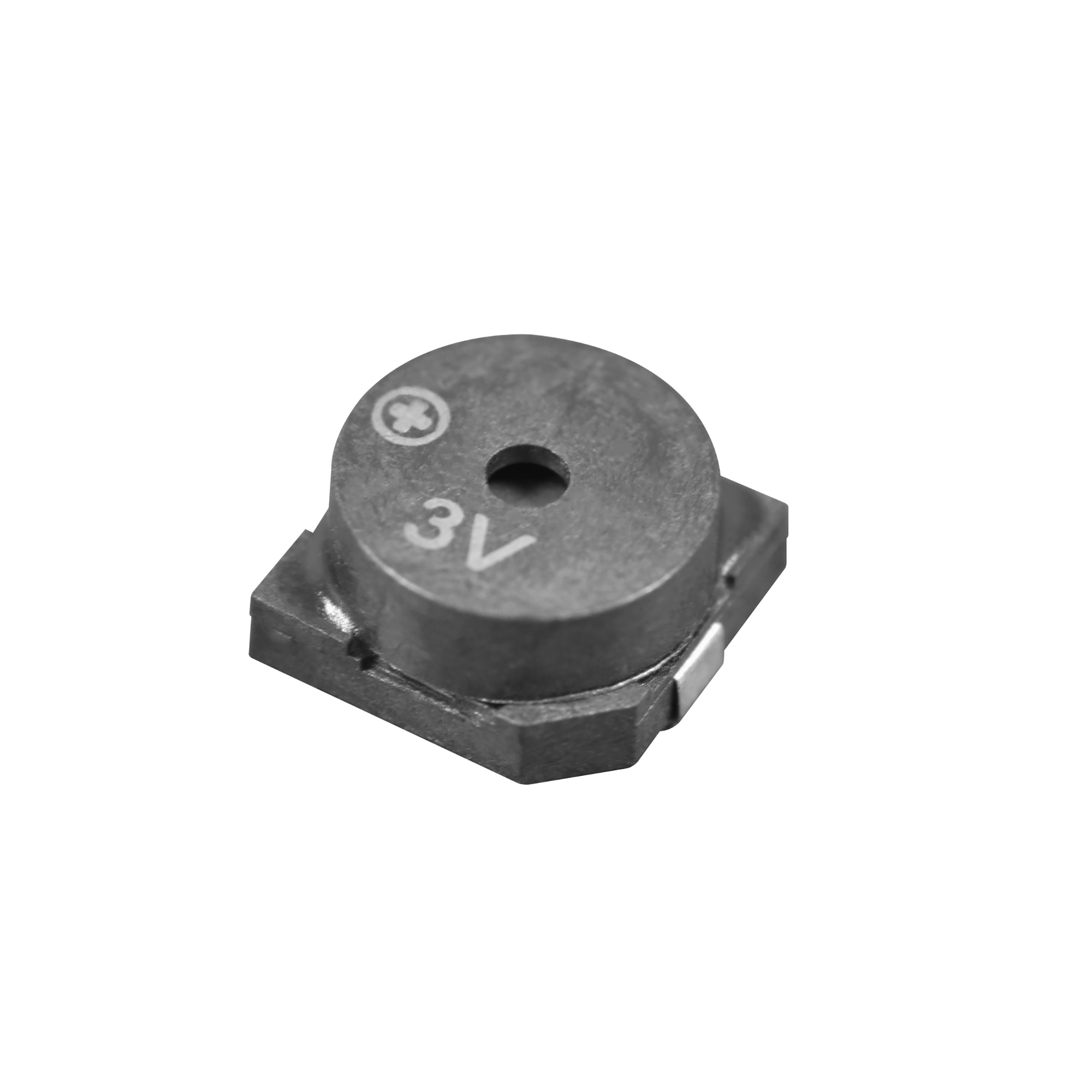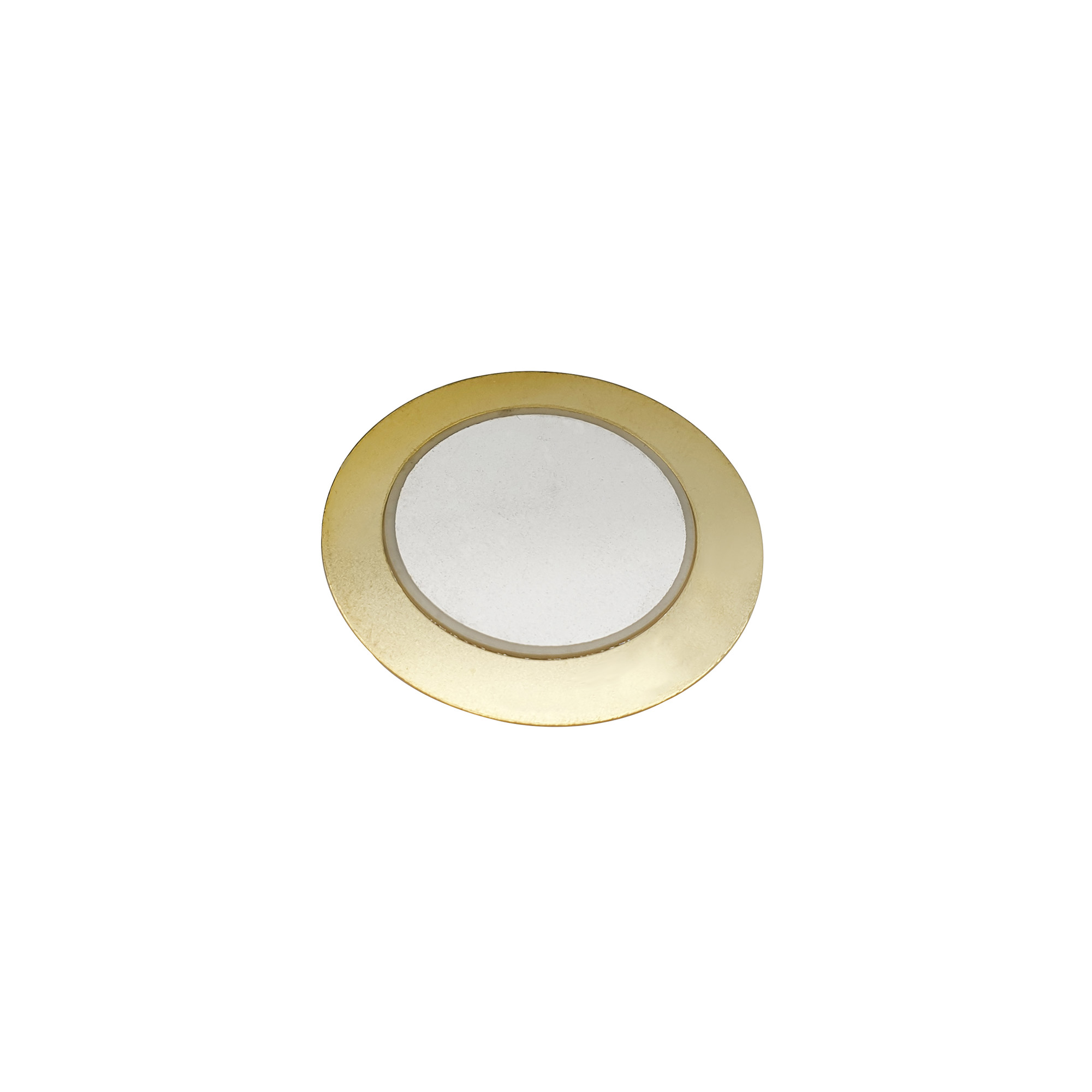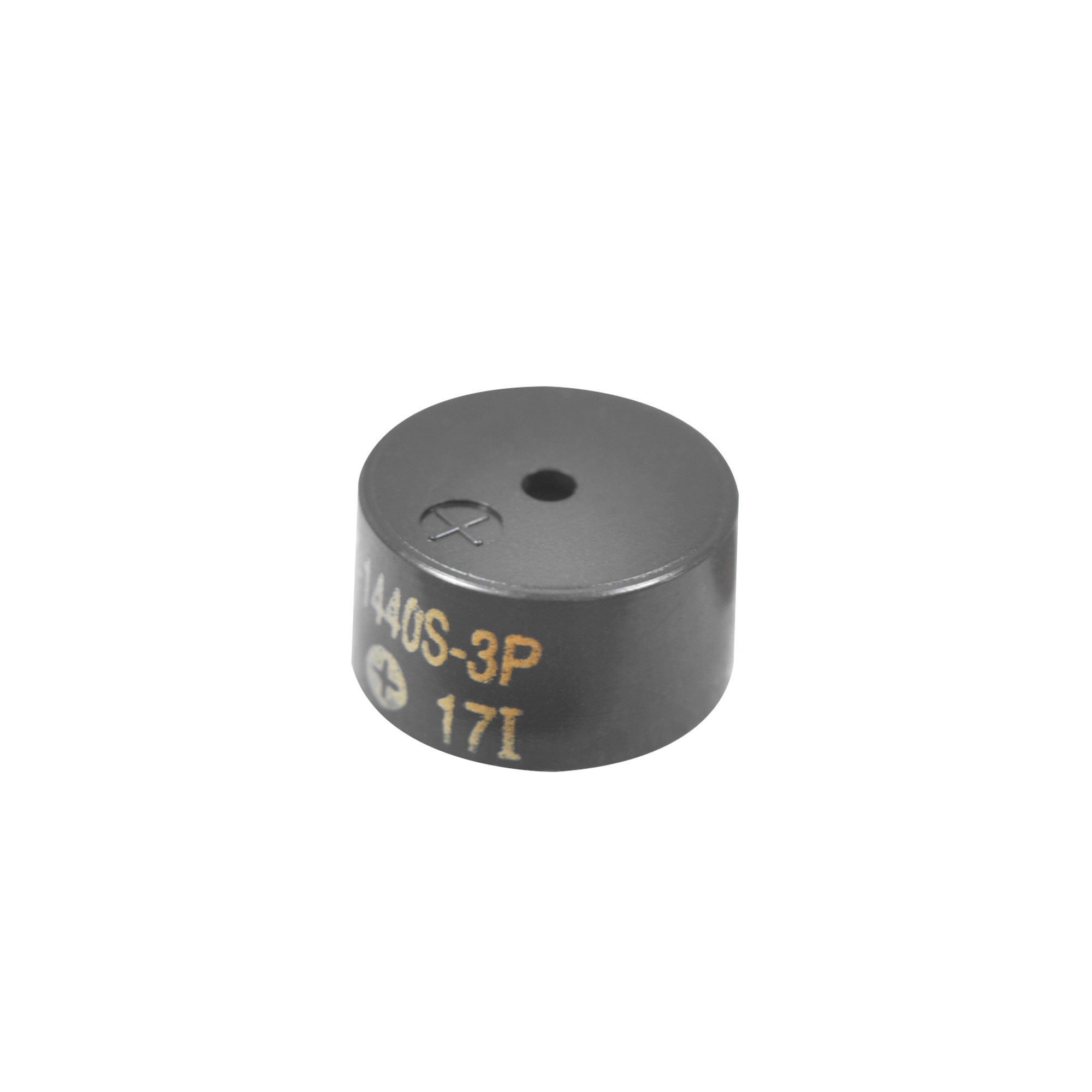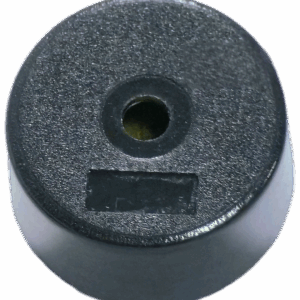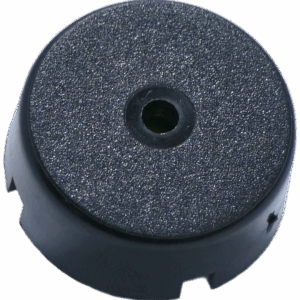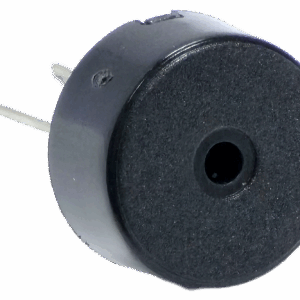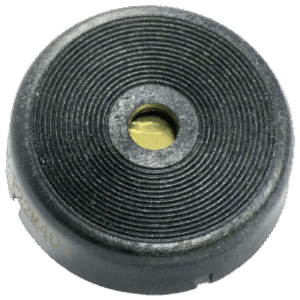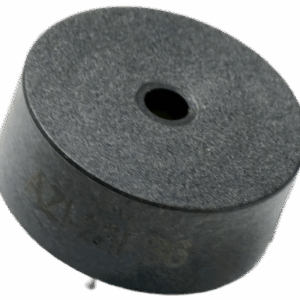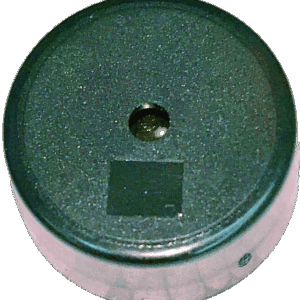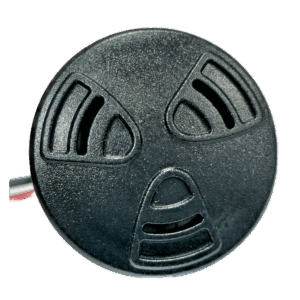
Buzzer
If the buzzer contains oscillation circuit within it, then it’s called self-driven buzzer or “indicator”. If the buzzer doesn’t contain any oscillation circuit, then it’s called externally-driven buzzer or “transducer”. The advantage of a transducer is that the user can freely design and designate input audio signal, keeping in mind that the input signal shall be around the resonant frequency to product max SPL. The advantage of an indicator is it can be easily driven by DC power, for example battery supply, but one should recognize that the output audio frequency is fixed by the internal circuit.
In terms of technology, there’ll be magnetic and piezo buzzers mainly. Magnetic buzzer is current sensitive and insensitive to voltage. Some magnetic buzzer needs as low as 1.5V to produce enough SPL. However, input voltage range for magnetic buzzer is relatively narrow, for example within a few volts. If the user inputs more than the max voltage, she will not get proportionally large sound but the sound volume is saturated. Furthermore high voltages may damage the component.
Magnetic buzzer is okay with 2,000hz~ 4,000hz resonant frequency output. It can play out mild reminder sound to hoarse alerting sound. The user is discouraged to use a piezo buzzer to play low frequencies, because low frequencies are not alerting enough and their sound volume is relatively low. One of the features of magnetic buzzer is that the sound port can be on the upper side or on the left/ right side. The user can choose according to the final product’s sound hole design.
Magnetic buzzer consumes more current because it contains coil. Note that magnetic buzzer is more suited in applications which stand still and in stable environments.
Piezo buzzer is voltage sensitive and insensitive to current. Its SPL (Sound Output Level) increases positively with voltage under maximum voltage. Usually piezo buzzer needs at least 3V to produce enough SPL. As piezo plates can stand up to very high voltages, ex: 20V~30V, it means that the user is encouraged to boost input voltage to get louder sound. Siren, a type of piezo buzzer, plays out specific alerting tunes. The tunes are usually generated internally by the siren’s default oscillation circuit, which is fed by VDC power.
Piezo buzzer is better at giving out higher resonant frequency, for example 4,000hz sound. Its sound quality is harsh and it’s intended to alert the user. The user is discouraged to use a piezo buzzer to play low frequencies, because low frequencies are not alerting enough and their sound volume is relatively low.
Piezo buzzer is resistant to shocks and is robust, which is suited in harsh environments. Thanks to the concise and compact design, its weight is also light. Furthermore, as the piezo buzzer is capacitive, so the consumption current is low, which is best suited in power-saving applications.
Read more

